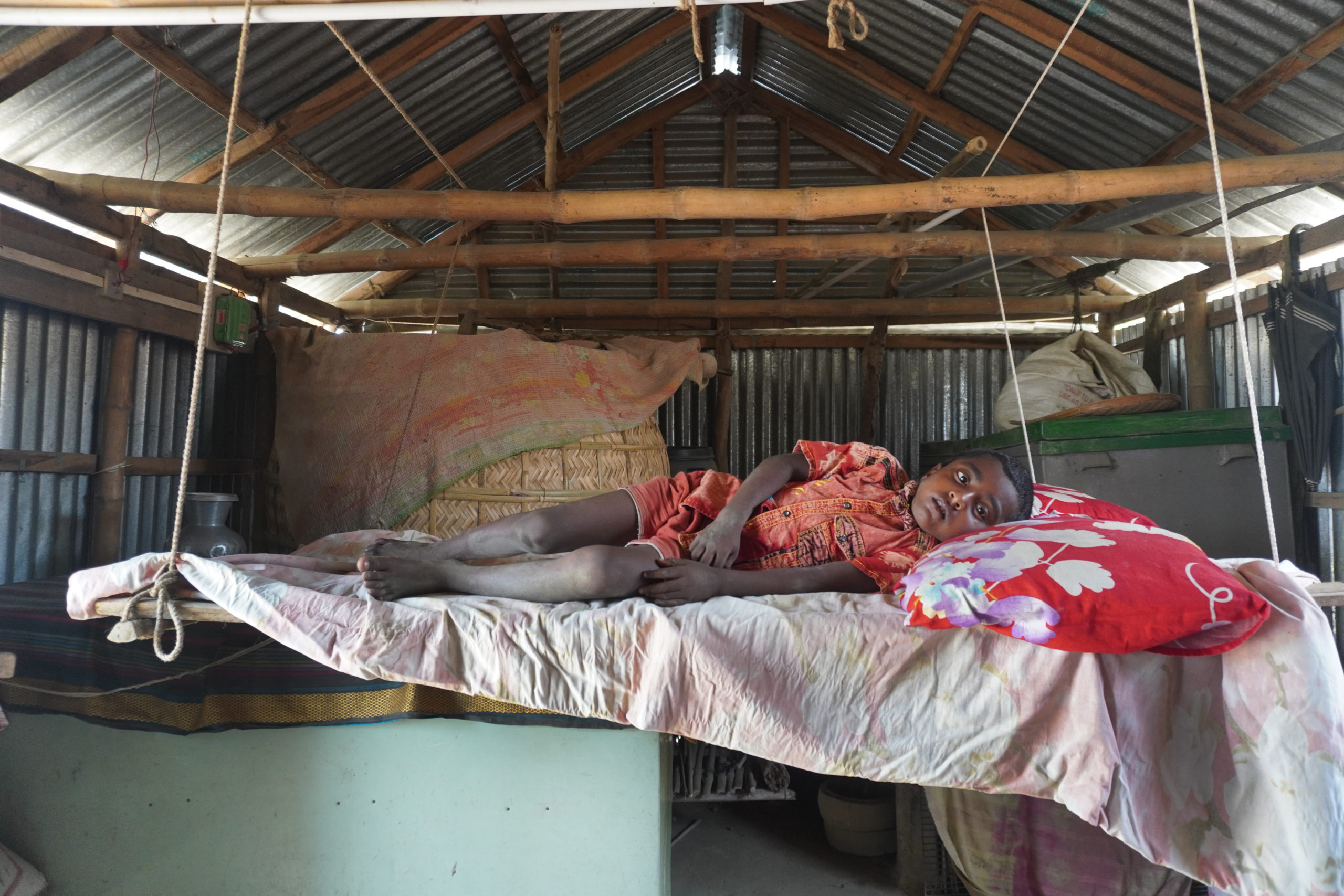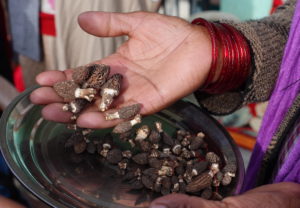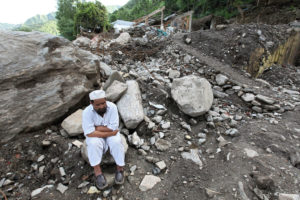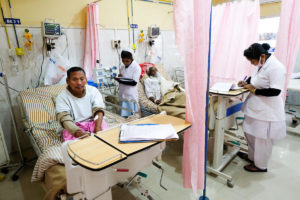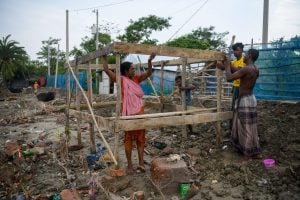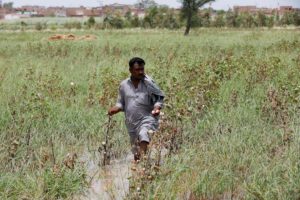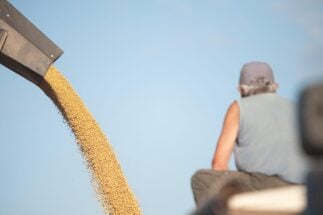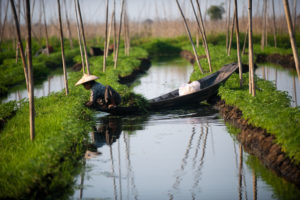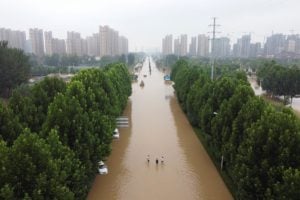South Asian countries are highly vulnerable to the impacts of climate change. In 2022, the damage across the region from catastrophes such as droughts and floods was immense.
Devastating floods in Pakistan between June and October affected an estimated one in every seven people and caused damage worth at least USD 15 billion. In northeast India and Bangladesh, massive floods displaced and destroyed the livelihoods of hundreds of thousands of people. This year, The Third Pole has not only dived deeper into the causes of these disasters, but also paid special attention to their human costs by emphasising how livelihoods have been affected.
Of particular importance was a focus on how climate change disproportionately affects women, by drastically changing their daily lives. This ranges from growing water scarcity increasing the burden on women to ensure their family has enough water, to girls being forced to drop out of school as extreme weather events take a financial toll on their families. Often, we report, people find ways to adapt to their changing environments – but there are limits to this.
Here, we highlight the four stories from 2022 which explore the connections between climate change and people’s lives and livelihoods in South Asia.
Climate change exacerbates food crisis in Nepal’s poorest region
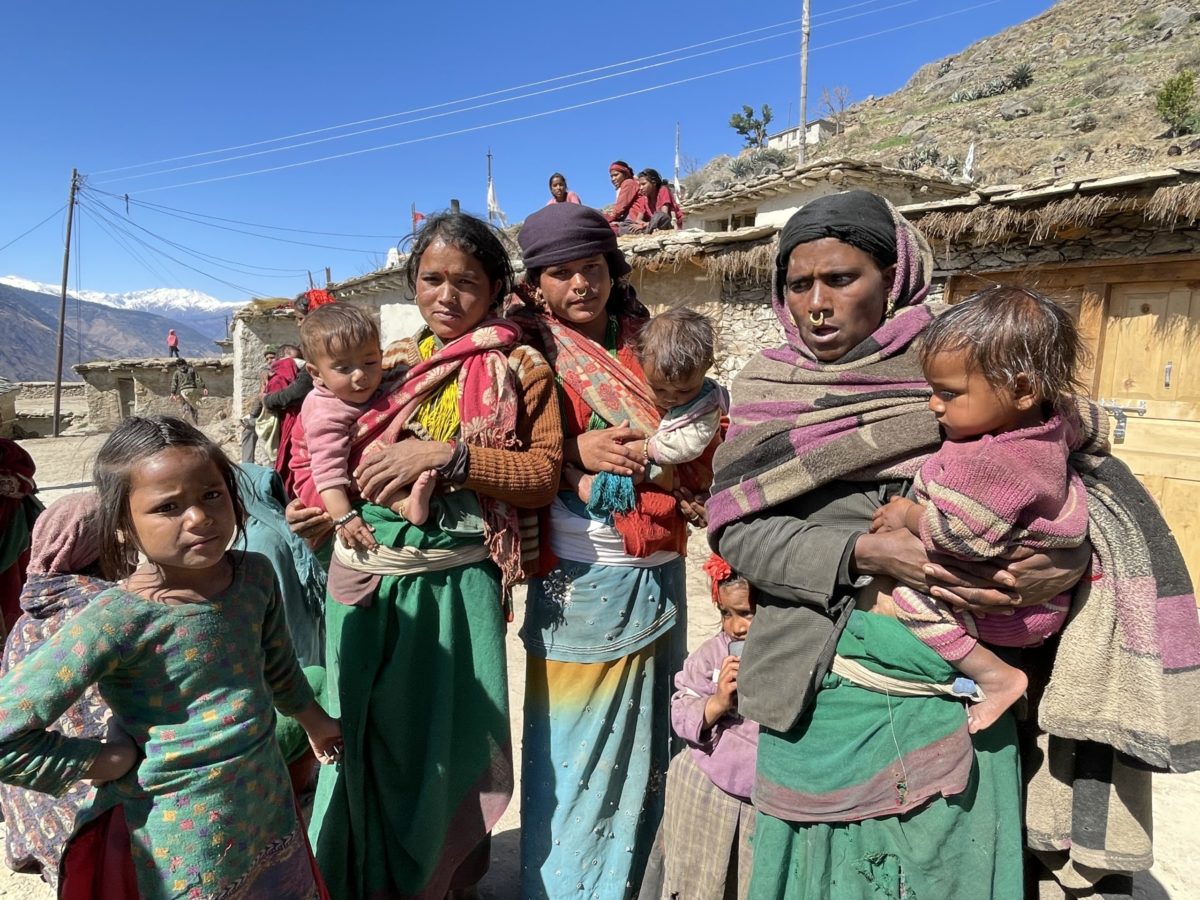
Shristi Kafle, May
Western Nepal is particularly vulnerable to climate disasters. Drought, floods and drying springs in the region are impacting subsistence agriculture, which in turn is exacerbating already existing poverty and malnutrition.
Reporter Shristi Kafle visited the district of Bajura after numerous media reports of a food crisis there. She noted that women and children often experience the brunt of these problems, which is also reflected in a high infant mortality rate.
Growing water scarcity is adding to the existing challenges in Bajura, Kafle reports. Long periods of drought and unpredictable monsoon rainfall are making it difficult for people to grow enough food to feed themselves. With temperatures projected to rise and rainfall due to become more unpredictable in Bajura, aid organisations say government support alongside adaptation initiatives is now needed to prevent further tragedy.
Read the full story here.
Build, collapse, rebuild: life on the river islands of Bangladesh

Rafiqul Islam, June
Every monsoon, large areas of the low-lying sand-and-silt islands, or chars, on the Brahmaputra in Bangladesh are inundated. But as fears over increased flooding and riverbank erosion grow, there are also glimmers of hope, as residents try new adaptation measures.
Some build the earthen foundations of their homes as high as they can; others construct a raised platform where they live when the floor of the home is flooded. But the big changes are in agriculture, as farmers in the region are now cultivating flood-tolerant varieties of maize. For this photo story, reporter Rafiqul Islam visited the region and documented these initiatives, as well as efforts to tackle flooded tubewells and toilets to improve sanitation on chars. But he found that problems like access to education, health services and the safety of women in flood shelters are yet to be meaningfully addressed.
Read the full story here.
Women’s lives get harder in Bundelkhand as water scarcity grows

Jigyasa Mishra, July
In central India’s drought-prone Bundelkhand region, water scarcity is taking a growing toll on women, who are traditionally responsible for making sure that the family has enough water. One NGO estimates that up to 70% of women in parts of the region are affected by acute water shortages.
The Third Pole’s correspondent Jigyasa Mishra visited Bundelkhand’s Barua village to report on how women are burdened with the difficulties caused by scarcity of water, as they are forced to walk further distances to access borewells that haven’t dried up. Sanitation problems, which are affected by water scarcity, persist despite claims by the government that the region is free of open defecation. In Barua, the problems of geography and gender are compounded by caste, Mishra reports.
Read the full story here.
School dropouts at ‘all-time high’ in climate change-hit Ganga delta
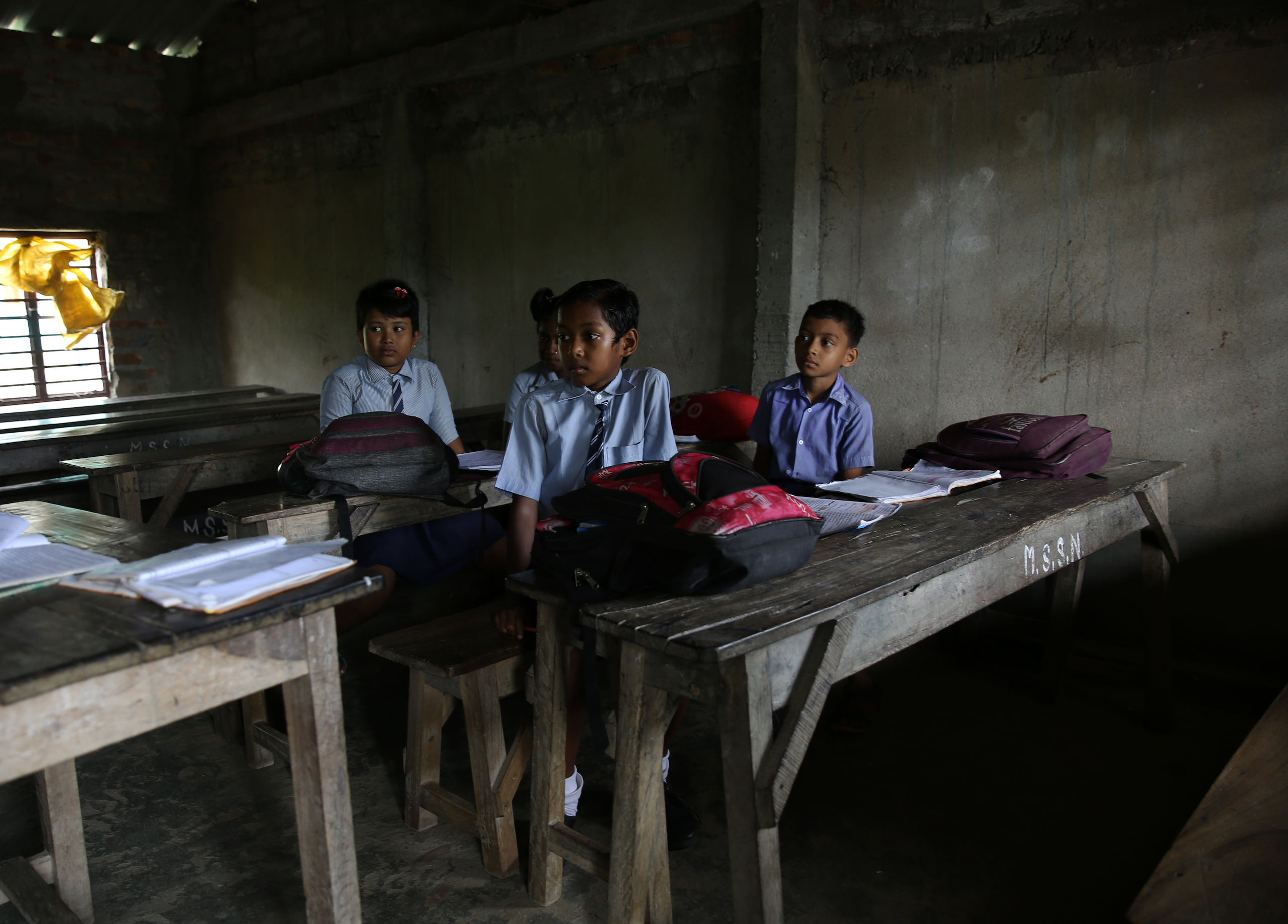
Cheena Kapoor, October
From the cyclone-hit Sundarbans to drought-prone inland Bangladesh, climate change is affecting the education of children in the Ganga delta. Repeated disasters – whether salinisation after cyclones, or water stress due to drought – affect agriculture. With families’ incomes and food security hit by falling crop yields, the financial pressure on them is increasing.
In the Sundarbans, The Third Pole’s correspondent reports that with property destroyed and livelihoods lost to repeated cyclones, people are finding it difficult to feed their children, forcing many to pull their daughters out of school and push them into marriage. The problem affects boys differently, as they leave villages in search of work in other Indian states. Across the border, in the drought-prone region of Rajshahi, Bangladesh, rising temperatures are creating similar barriers to girls’ education.
Read the full story here.
